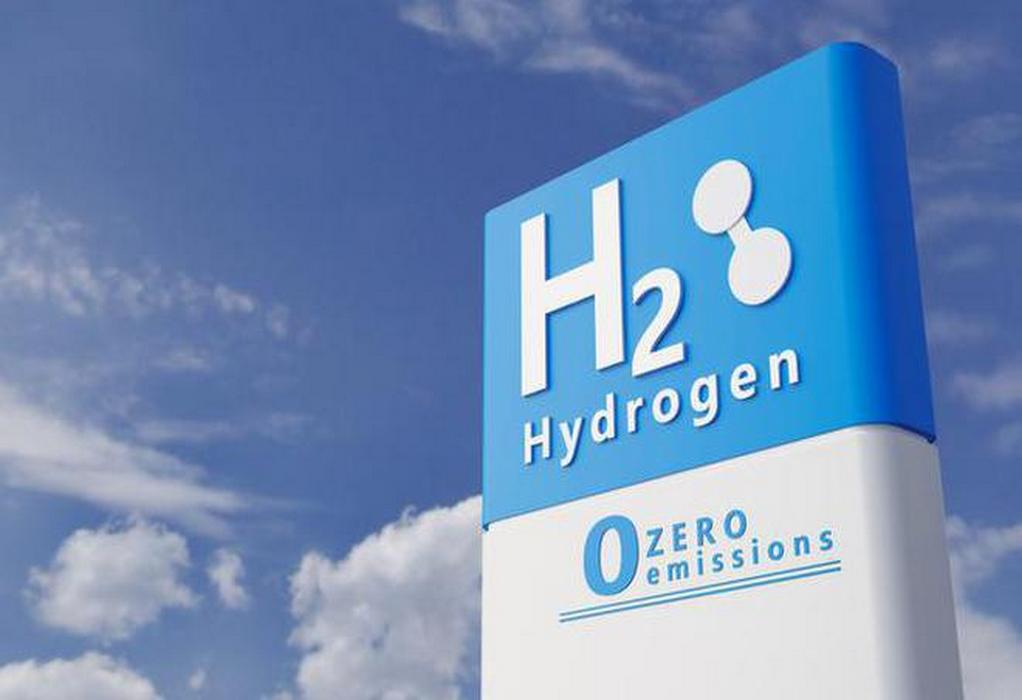Scientists from the US have presented research into the use of hydrogen blended with natural gas as a bridging energy to achieve long-term carbon neutrality. This strategy could potentially help meet net-zero targets whilst still ensuring energy security in the short term. Their review study has appeared in the journal Energies.
Hydrogen has been widely explored in recent decades as an alternative fuel and energy source. Aside from near-zero greenhouse gas emissions, hydrogen is a highly efficient energy carrier, is abundant, and eminently renewable, overcoming both emissions and supply issues. Hydrogen can be easily produced using water splitting methods and, depending on its source, is incredibly clean. The most ideal source of hydrogen is renewable energy, and if produced in this manner, is termed “green hydrogen.”
Another advantage of hydrogen is that existing storage and transportation infrastructure can easily handle liquid hydrogen without the need for major alterations. A key resource that, whilst still producing 50.3 kg of CO2 per million KJ of energy, produces less carbon dioxide than gasoline and coal is natural gas. More energy-rich than other hydrocarbons, natural gas has applications in industry as a fuel and for electricity generation.
The extensive natural gas infrastructure that already exists has the potential to be repurposed for hydrogen storage and transportation, which will help realize the aims of the carbon-neutral economy.
Repurposing natural gas infrastructure, whilst presenting the most technologically mature strategy for realizing a hydrogen-based economy, faces several key technical challenges. Natural gas and hydrogen differ significantly in their properties, which means that it is not a simple case of just replacing natural gas with hydrogen in these systems.
Realizing a large-scale conversion of current infrastructure into a hydrogen-carrier system requires a comprehensive examination of factors such as production methods, storage, and transportation, and finding sufficient end-use applications for hydrogen. One solution is to progressively increase the proportion of hydrogen in hydrogen/methane blends over time to 100%, but this is a challenging endeavor for engineers and researchers. To successfully overcome the challenges, a coordinated, cross-functional approach must be taken.
The main aim of the new paper is to examine state-of-the-art knowledge and progress in research into the hydrogen economy, considering production, transportation of hydrogen blends, and commercial uses.
Properties and benefits of hydrogen/methane blends have been discussed by the authors in-depth, and an emphasis has been placed on safety concerns surrounding the use of methane/hydrogen blends. Density, viscosity, energy densities, and phase interactions are all causes of concern. Issues with pressure and leakage, pipeline stresses, and long-term hydrogen embrittlement are common with long-term hydrogen storage and transport and must be fully understood. These issues are being addressed by current projects.
The study has summarized current projects in different parts of the world. Demonstration projects including THyGA, HyDeploy, HyBlend, and THyGA are currently being supported by governments to elucidate a cost-effective pathway for achieving carbon reduction goals by 2050. Lessons learned from research into hydrogen blends and demonstration projects will help to realize the development of safer, more efficient, and compatible hydrogen fuel infrastructure.
A major impact on blended gas transport cost dynamics is caused by pressure reduction in blends. Increased energy is needed to transport blends to domestic and commercial users compared to natural gas alone. This increased cost can be mitigated by modifying flow rates and pressures. Techno-economic studies can play a key role in providing relevant information to address these issues.
Source: https://www.azom.com/news/
Tags: Blend, Energies, Hydrogen, Natural Gas



Recent Posts
Report Highlights Pathway for Electrifying Nigeria’s Container Trade Sector
South Korean Company YPP Plans to Invest up to $3.1 Billion in Green Hydrogen Production in Kazakhstan
WattEV Expands Electric Truck Charging Network with Three New Depots in California
Anemoi Develops New Method to Accurately Measure Wind-Assisted Propulsion Benefits
Navigator Holdings and Amon Maritime Form Joint Venture for Ammonia-Fuelled Carrier Fleet
Hygenco Commissions Maharashtra’s First Green Hydrogen and Oxygen Facility to Power STL’s Net Zero Goals
India Invites Second Round of R&D Proposals Under ₹4 Billion Green Hydrogen Mission
BMTC Adds 148 Tata Electric Buses to Bengaluru Fleet, Strengthens Green Mobility Drive